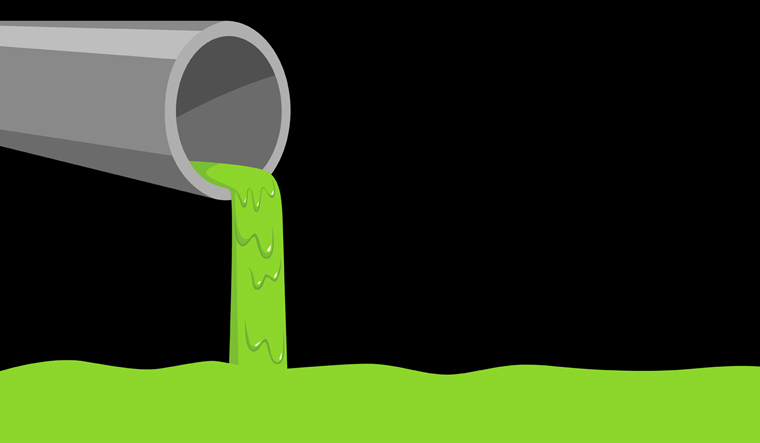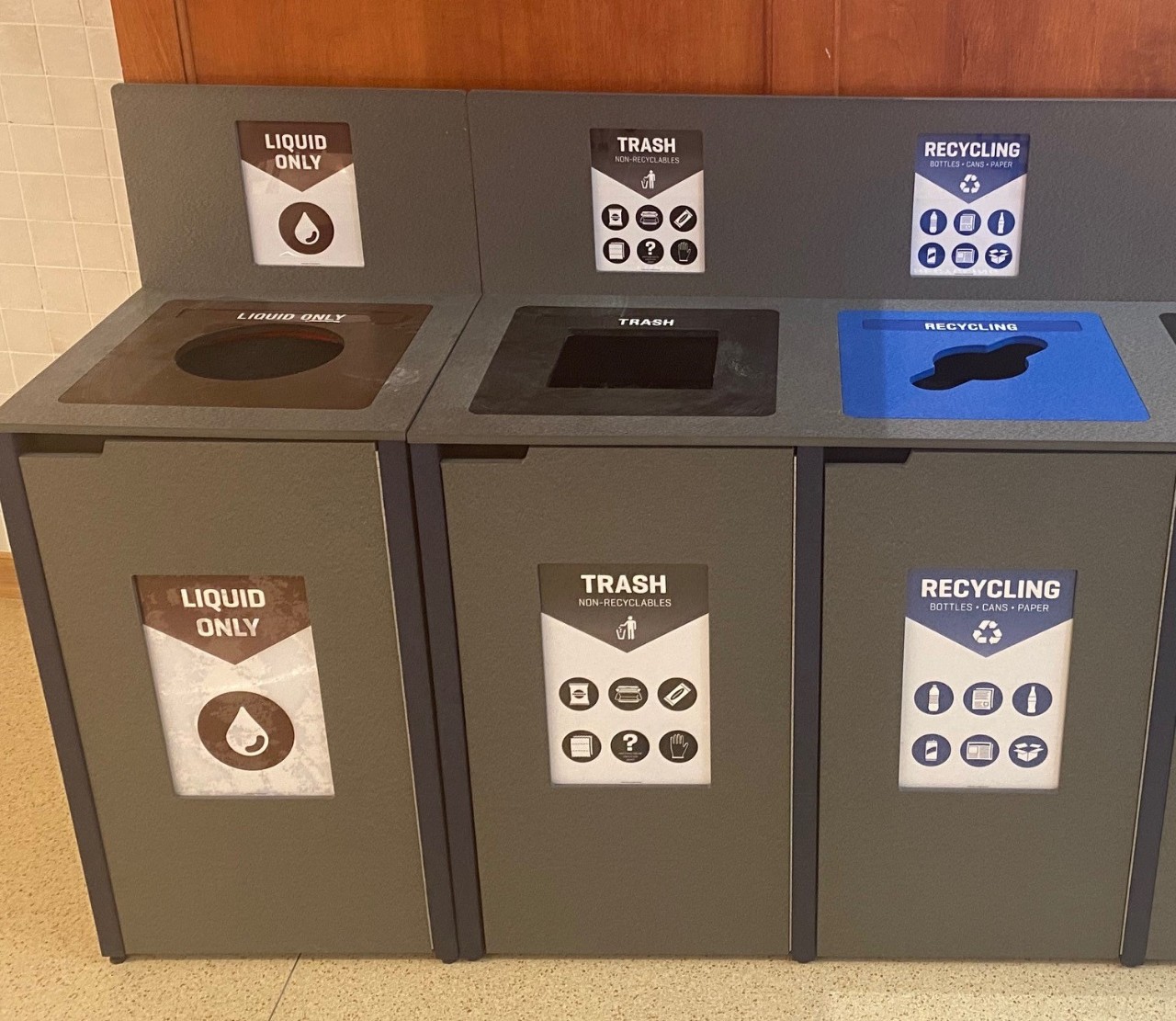Professional Liquid Waste Removal Melbourne: Fast and Economical Solutions
Wiki Article
How Fluid Garbage Disposal Functions: A Comprehensive Introduction of Methods and Technologies Employed

Overview of Fluid Waste Kind
The intricacy of liquid waste kinds demands a comprehensive understanding of their qualities and effects for disposal. Fluid waste can generally be classified right into numerous kinds, consisting of commercial, metropolitan, farming, and harmful waste. Each classification shows distinctive properties, calling for details monitoring methods to minimize ecological and health and wellness dangers.
Industrial liquid waste stems from making procedures and commonly consists of a variety of contaminants, such as hefty steels, solvents, and natural compounds. Municipal fluid waste, mainly comprising wastewater from homes and commercial facilities, includes raw material, nutrients, and virus (industrial wastewater treatment). Agricultural fluid waste, including runoff from ranches, may have plant foods, chemicals, and animal waste, posturing dangers to water quality and ecological communities
Hazardous fluid waste is characterized by its toxicity, sensitivity, or potential to cause damage. Recognizing these varied liquid waste types is critical for developing efficient disposal techniques and making sure compliance with ecological regulations.
Physical Treatment Techniques

Screening is the initial step, where bigger bits and debris are gotten rid of from the liquid waste using displays or grates. In sedimentation containers, much heavier fragments clear up at the bottom, creating a sludge layer, while the made clear liquid can be additional treated.
Filtration is an additional crucial technique that involves passing the fluid with porous products, such as sand or membrane layers, to record smaller particles. This step enhances the top quality of the liquid, making it appropriate for succeeding therapy procedures.

Chemical Treatment Methods
Chemical treatment techniques are crucial for successfully managing fluid waste, particularly in attending to dissolved and colloidal impurities that physical techniques might not sufficiently get rid of. These methods make use of different chemical representatives to neutralize, precipitate, or change unsafe substances right into less damaging types.One typical technique is coagulation and flocculation, where chemicals such as alum or ferric chloride are included in advertise the aggregation of put on hold particles. This process improves sedimentation, permitting easier elimination of the resulting sludge. In addition, oxidation processes, employing representatives like chlorine or ozone, are used to damage down complicated natural substances and pathogens, providing the waste more secure for discharge or further therapy.
Neutralization is one more crucial strategy, which readjusts the pH of acidic or alkaline waste streams to neutral levels, avoiding potential injury to downstream systems and the setting. Additionally, progressed oxidation procedures (AOPs) make Get More Info use of combinations of oxidants and ultraviolet light to degrade persistent contaminants, accomplishing a greater degree of therapy performance.
Organic Therapy Procedures
Biological therapy processes play an important function in the monitoring of fluid waste by using microorganisms to decay natural matter and decrease contaminant degrees. These procedures can be extensively classified into anaerobic and cardiovascular therapies, each using details microbial areas to accomplish reliable waste destruction.Cardiovascular therapy involves making use of oxygen to promote the failure of natural products by bacteria. This procedure is frequently executed in activated sludge systems, where aeration tanks give a helpful atmosphere for microbial growth, leading to the oxidation of organic pollutants. The resultant biomass can be divided from treated effluent with sedimentation.
In contrast, anaerobic therapy happens in the absence of oxygen, counting on various germs to break down natural issue. This approach is specifically beneficial for high-strength waste, as it produces biogas, a renewable resource resource, while minimizing sludge manufacturing. Technologies such as anaerobic digesters are often utilized in community and industrial applications.
Both cardiovascular and anaerobic organic treatments not just reduce the environmental impact of fluid waste but additionally assist in resource recovery, making them necessary elements of lasting waste management approaches. Their effectiveness, flexibility, and efficiency support their extensive execution across numerous industries.
Arising Technologies in Disposal
Ingenious strategies to liquid waste disposal are rapidly developing, driven by improvements in innovation and an enhancing emphasis on sustainability. Amongst these emerging innovations, membrane bioreactors (MBRs) have acquired grip for their capacity to combine biological treatment with membrane layer filtering, resulting in top notch effluent that can be reused in numerous applications. MBRs enable smaller impacts and much more reliable procedures contrasted to typical systems.Another promising growth is the usage of anaerobic food digestion incorporated with nutrient healing modern technologies, which not only treats fluid waste yet additionally creates biogas and recovers useful nutrients like nitrogen and phosphorus. This double benefit improves resource performance and lowers ecological effect.
Additionally, advanced oxidation processes (AOPs) are being embraced for the deterioration of great post to read intricate organic contaminants. These methods utilize effective oxidants and stimulants to damage down pollutants at the molecular level, providing a highly reliable solution for tough waste streams.
Additionally, the integration of man-made knowledge and artificial intelligence in waste monitoring systems is enhancing operational efficiency and anticipating maintenance, bring about decreased costs and boosted environmental compliance. These modern technologies show a considerable shift towards even more efficient and sustainable fluid garbage disposal practices.
Verdict
Finally, effective fluid waste disposal demands a thorough understanding of different methods and innovations. The combination of physical, chemical, and organic treatment approaches makes certain the efficient management of diverse waste types. Moreover, the emergence of cutting-edge innovations boosts treatment efficiency and advertises sustainability in waste administration techniques. By constantly progressing these approaches, it comes to be possible to attend to the expanding challenges linked with liquid waste, eventually adding to environmental security and Read Full Report source recuperation.Fluid waste disposal is a critical element of ecological management, needing an extensive understanding of different strategies and modern technologies tailored to different waste types. Liquid waste can broadly be classified into several kinds, including industrial, municipal, farming, and hazardous waste. Agricultural liquid waste, including drainage from farms, may include plant foods, pesticides, and animal waste, positioning risks to water top quality and environments.
Numerous physical therapy approaches play a crucial duty in managing liquid waste effectively - industrial wastewater treatment.In conclusion, reliable fluid waste disposal requires a comprehensive understanding of numerous techniques and technologies
Report this wiki page